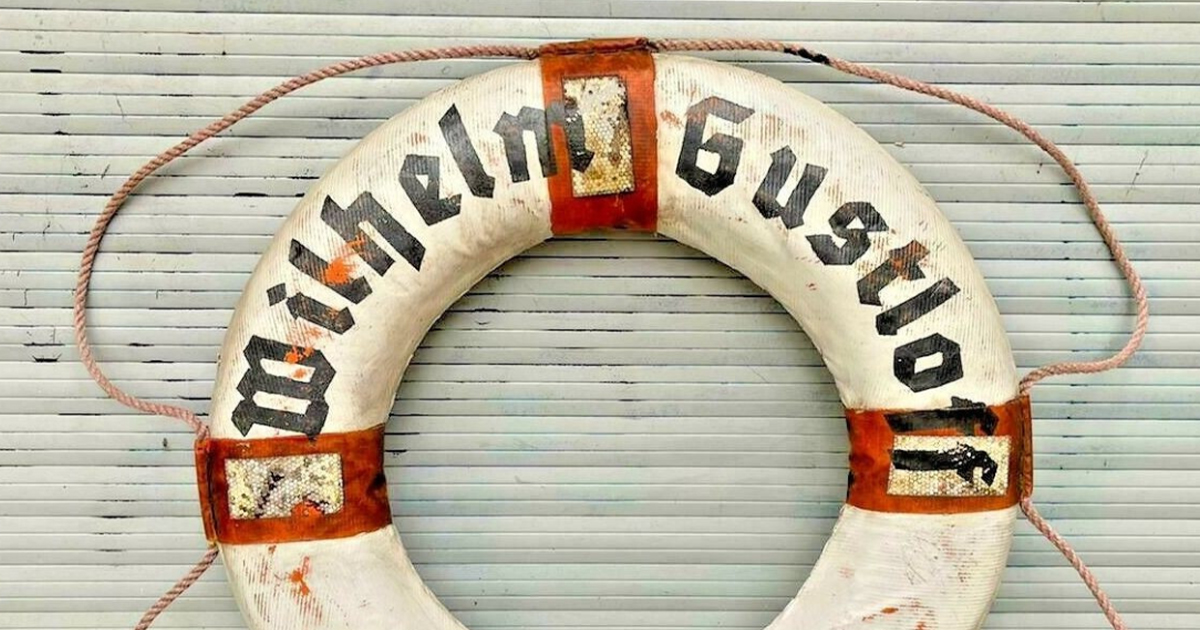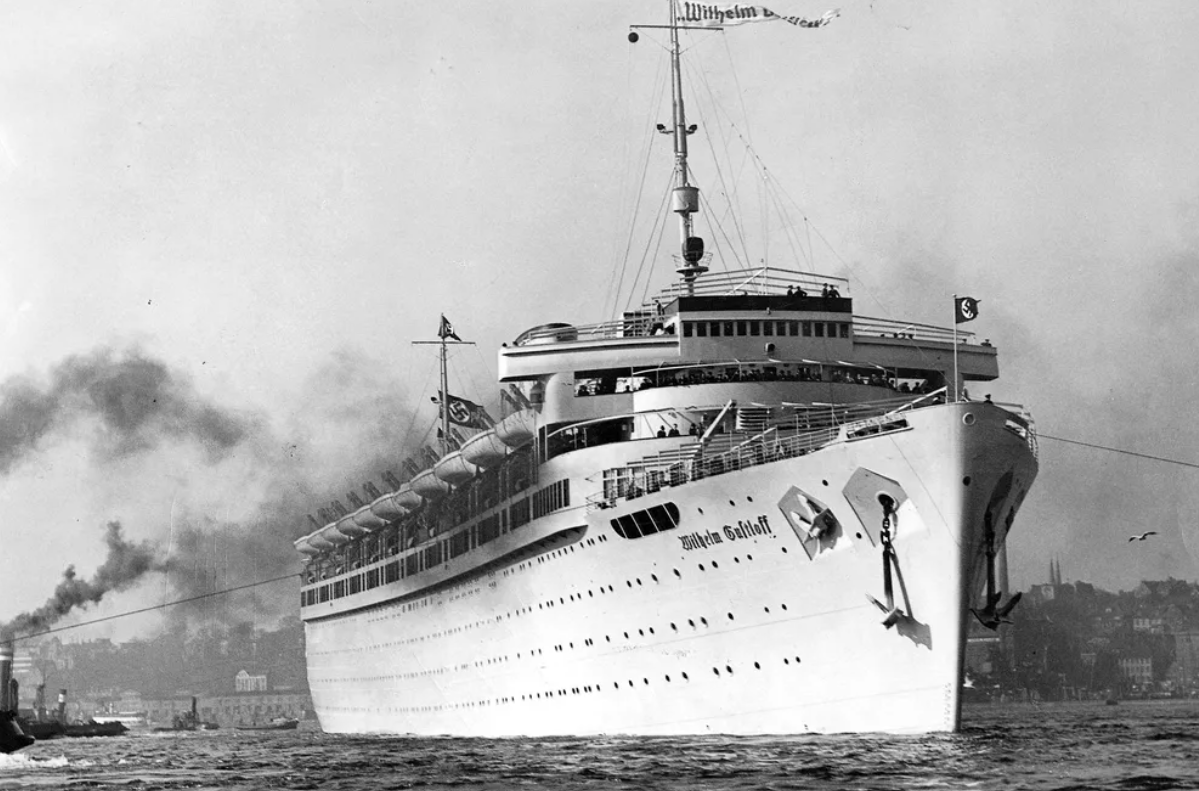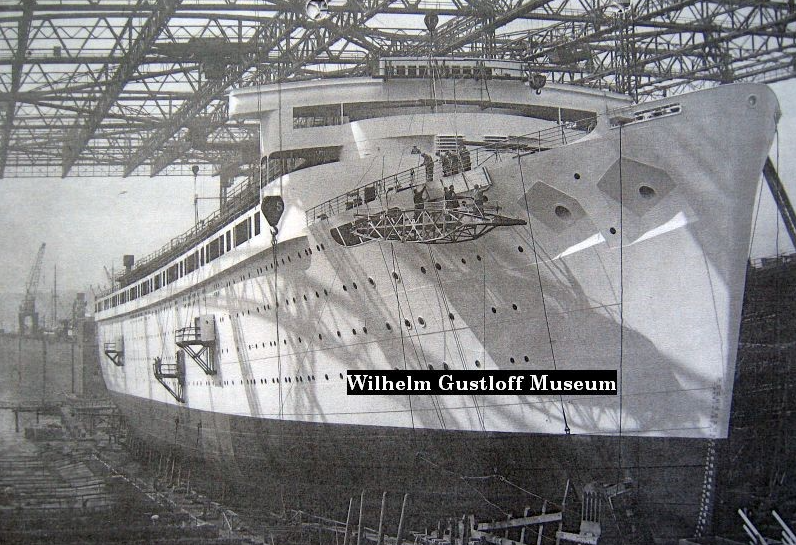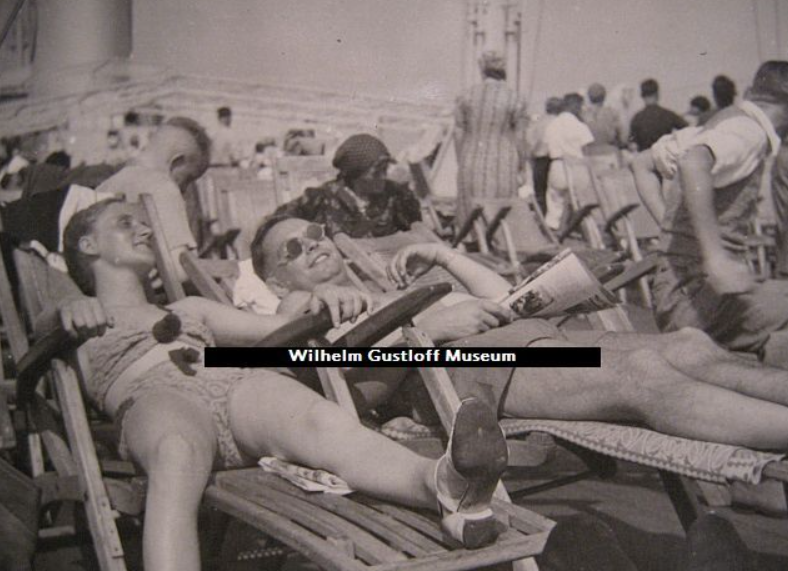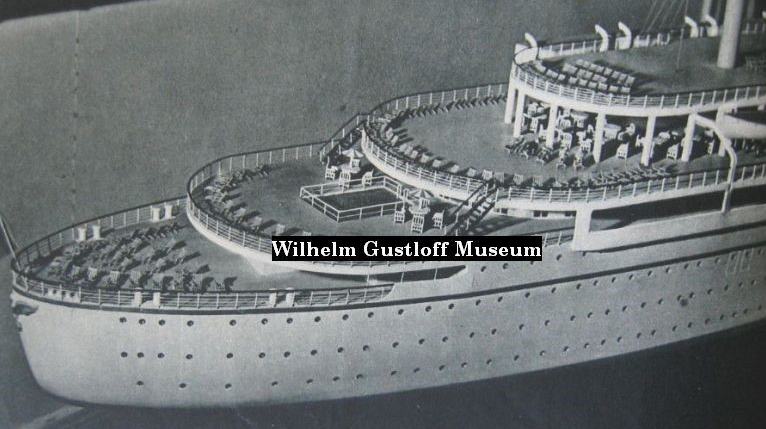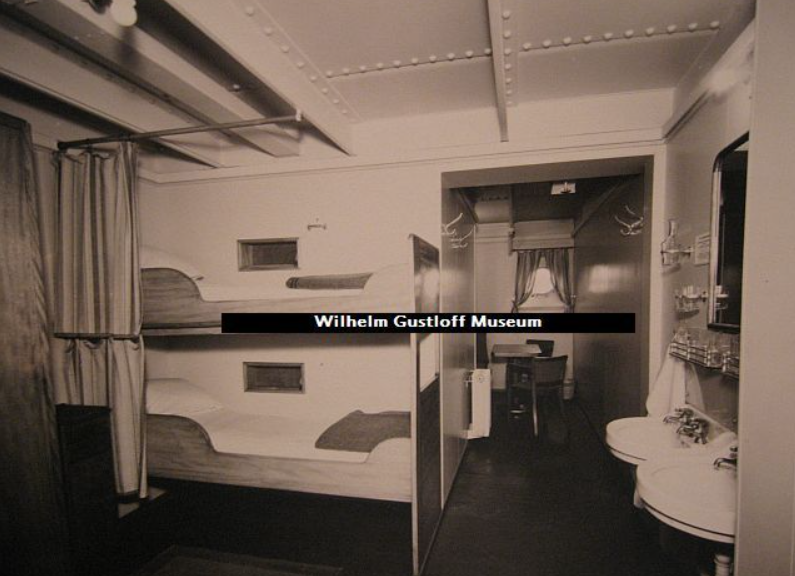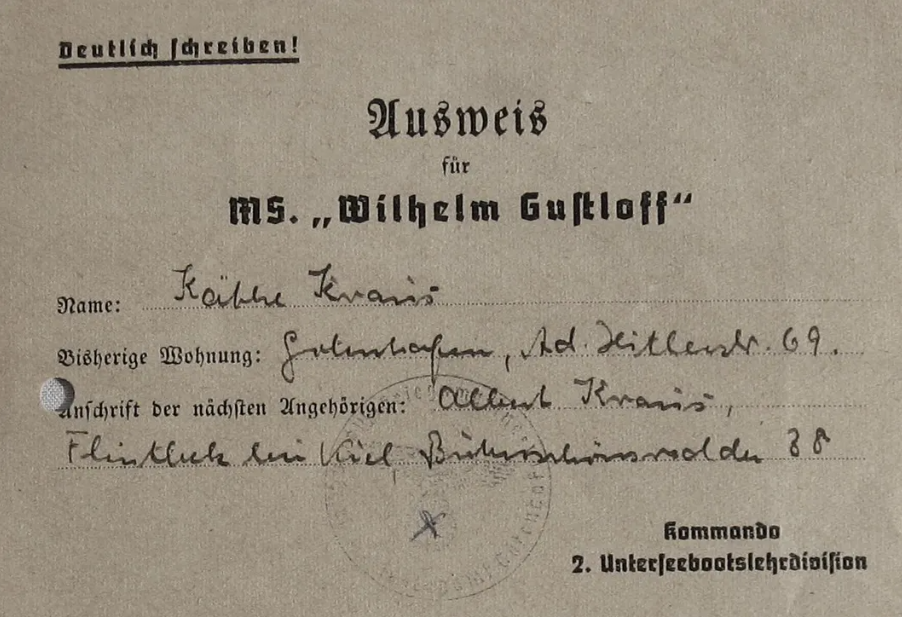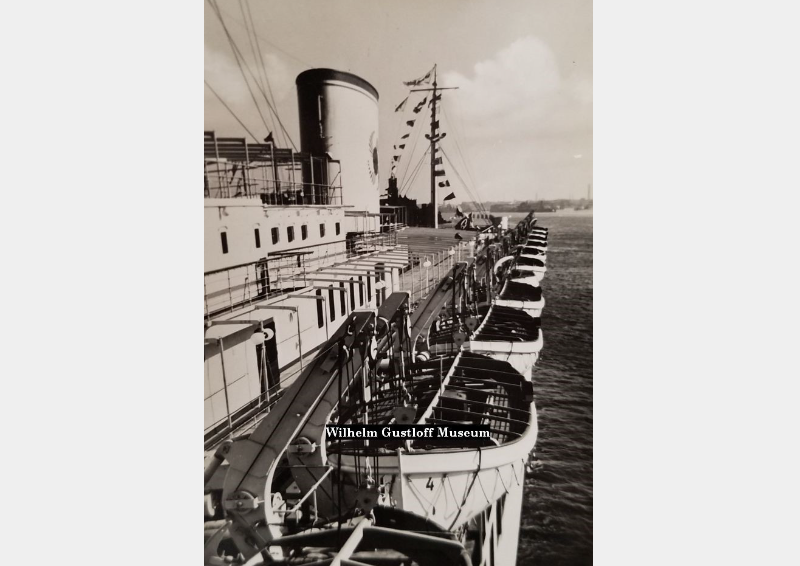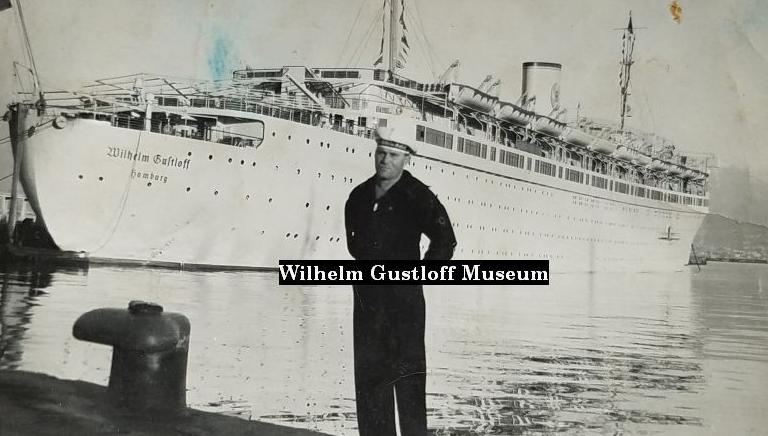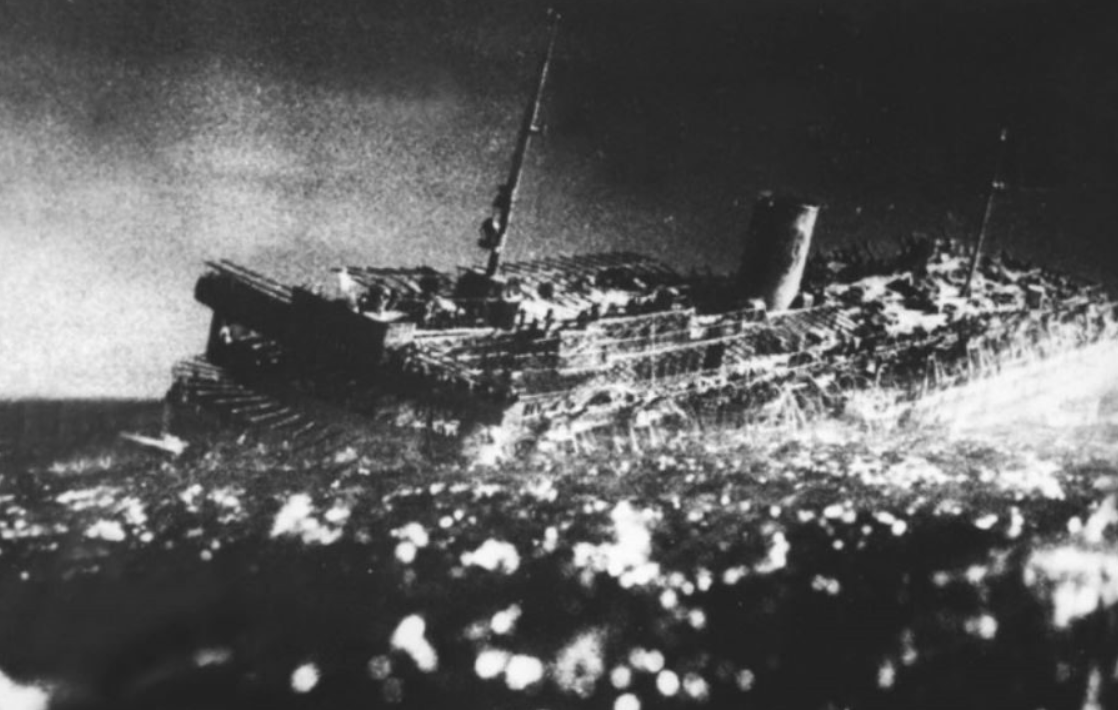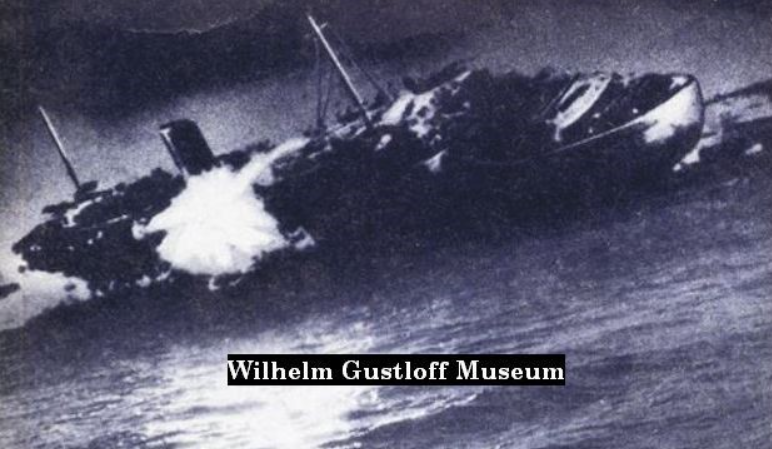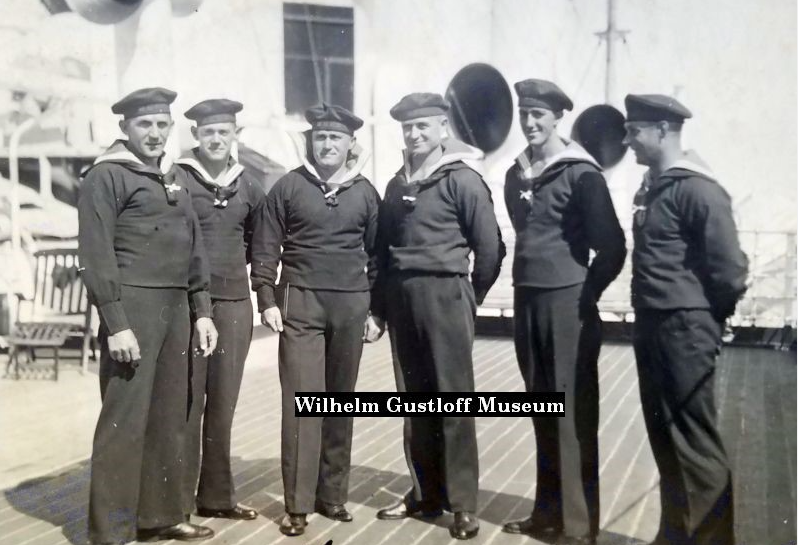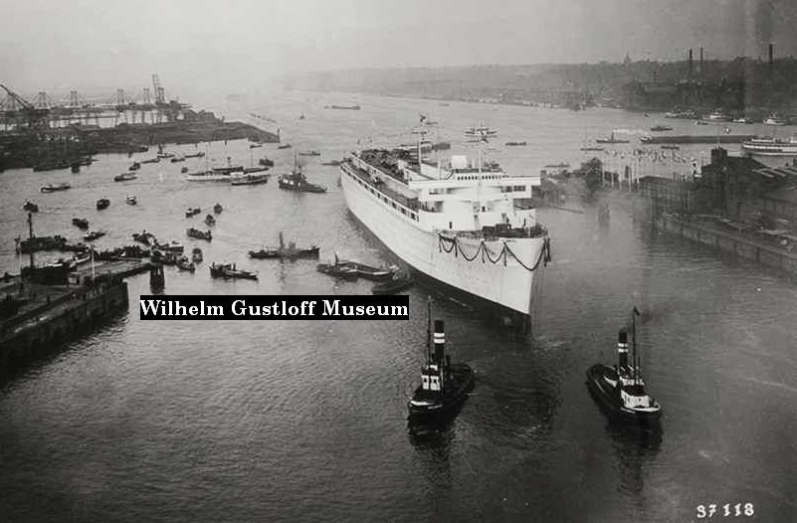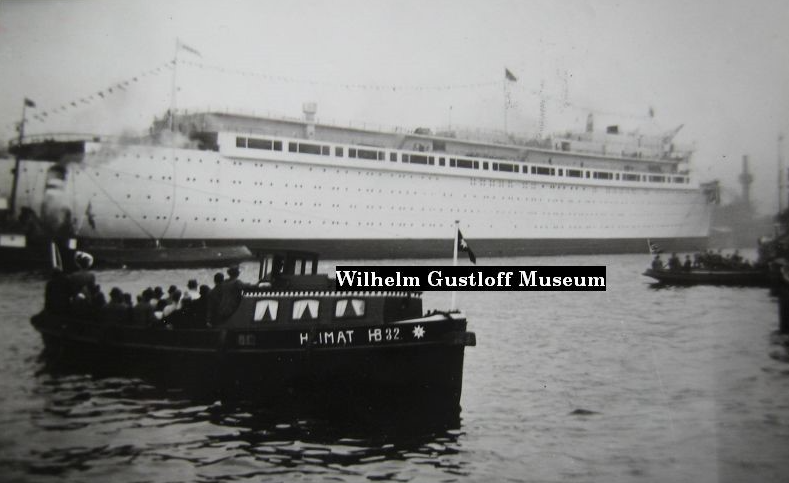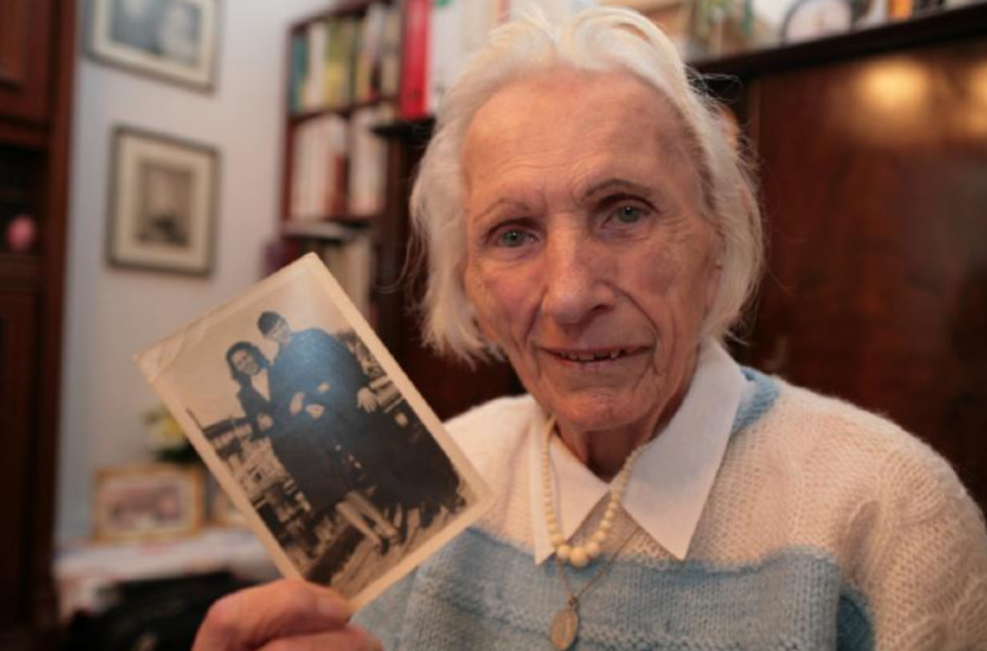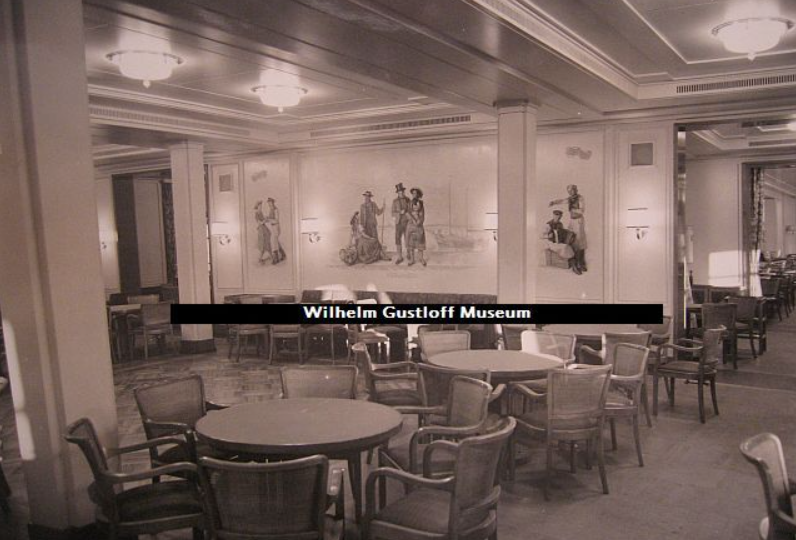The Wilhelm Gustloff: A Tragic Maritime Disaster
On a cold and icy day in 1945, a large ship carrying thousands of people over its limit, made an evacuation attempt that was doomed from the start.
The catastrophic sinking of the ship is a disaster that surpasses even the infamous Titanic in terms of lives lost.
The Wilhelm Gustloff stands as a grim reminder of one of the worst maritime disasters ever recorded.
The Design and Construction of the Wilhelm Gustloff
The Wilhelm Gustloff was built in 1937 by the Blohm & Voss shipyards in Hamburg, Germany. It was 208.5 meters long and weighed approximately 25,484 gross register tons.
The ship was originally designed to be a luxurious cruise ship. It featured state-of-the-art amenities for its time, including a swimming pool, theater, and large cabins.
The ship was built to accommodate just over 1,400 passengers comfortably.
The Ship’s Initial Purpose and Early Voyages
Originally, the Wilhelm Gustloff served as a popular vacation cruise ship for the Kraft durch Freude (Strength Through Joy) organization, aimed at promoting German tourism.
During its early years, it provided numerous pleasure cruises in the North and Baltic Seas. But it didn’t stay this way for long.
Transition to a Service and Hospital Ship
During the beginning of WWII, the Wilhelm Gustloff was requisitioned by the German Navy. It then served various aid roles, including acting as a hospital ship in 1939 during the invasion of Poland.
Later, the ship was used as a barracks ship for U-boat trainees in the Baltic Sea—marking a significant shift from its original leisure purpose.
The Final Voyage: Evacuation Amidst Battle
The final voyage of the Wilhelm Gustloff was part of Operation Hannibal—a German naval operation that attempted to evacuate thousands of civilians and servicemen from East Prussia.
Overcrowded with refugees, wounded servicemen, and naval personnel, the ship embarked on its fateful journey from Gotenhafen (now Gdynia, Poland) towards Kiel, Germany.
The Final Voyage: Evacuation Amidst Battle
At first, German officials tried to keep order by issuing and checking tickets. However, panic set in, and cold, exhausted and desperate people flooded the ship, filling every inch of available space.
The trampling people created chaos which made it impossible to keep an accurate passenger count. This makes the exact number on board during the sinking a mystery.
What we know for sure is that the ship was capable of holding 2,000 passengers max—and it was drastically over that limit when it set sail.
Image: Ticket from a passenger who was unable to board the ship at the last minute.
The Tragic Sinking
Captain Paul Vollrath, and his team of officers, faced daunting decisions from the start. They had to choose between navigating through mine-infested shallow waters or risking submarine attacks in deeper waters.
Challenging weather conditions like snow, sleet, and wind made things even harder, and exacerbated the suffering of already weakened passengers.
The Tragic Sinking
In an account published in Sea Breezes magazine, Captain Vollrath expressed his frustration over the lack of adequate defense ships, despite being aware of the imminent submarine danger in their path.
Additionally, the ship’s navigation lights were mistakenly turned on after dark, lighting up the dark waters and making it an easy target for enemy submarines.
The Tragic Sinking
On the evening of January 30, 1945, in the icy waters of the Baltic Sea, the Wilhelm Gustloff was struck by three torpedoes from the Soviet submarine S-13.
The torpedoes hit the port side, causing catastrophic damage. The ship sank within an hour, leading to an immense loss of life in the freezing waters.
Image: Artist representation of the sinking.
Passenger Count and the Catastrophic Loss
As previously mentioned, the exact number of people on board remains uncertain, but it is estimated that there were about 10,500 passengers and crew on board at the time—far exceeding the ship's intended capacity.
The total lives lost from the sinking is believed to be over 9,000, making it the deadliest maritime disaster in history.
Among the lives lost were civilians, including women and children, as well as wounded servicemen.
Image: Artist representation of the sinking.
The Aftermath and Search for Survivors
Rescue efforts took place, but were hindered by the severe cold and ship’s overloaded state. There simply was not enough lifeboats or life preservers to save everyone.
Only about 1,200 survivors were rescued from the frigid waters, many suffering from severe hypothermia and other serious injuries.
The Wilhelm Gustloff in Maritime History
The sinking of the Wilhelm Gustloff remains a relatively lesser-known tragedy compared to other maritime disasters, yet it holds a significant place in history due to the sheer scale of loss.
Unlike the Titanic, which has gained and sustained global attention through extensive media coverage, the Wilhelm Gustloff was basically swept under the rug.
This is due to the complexities of the sinking—considering it was a war related incident with great political implications. This ship was associated with its political party, even though many of the passengers on board at the time were civilians simply attempting to free themselves.
Additionally, given that most passengers didn’t make it, the sinking of the Wilhelm Gustloff is lacking in personal stories of heroism and tragedy—something that makes the sinking of the Titanic more notable.
Thus, the sinking of the Wilhelm Gustloff remains one of the lesser-known tragedies in history.
The Wilhelm Gustloff in Maritime History
Considering the timing of the sinking—toward the end of WWII—the tragedy is overshadowed by larger events and the impending global reshaping afterward.
The Soviet Union, responsible for the sinking, had little interest in publicizing the event. In post-war Germany, there was a collective feeling to move past the painful memories, leaving incidents like the Wilhelm Gustloff in the shadows.
Commemoration and Remembrance
Today, the story of the Wilhelm Gustloff is honored in various forms, including books, documentaries, and memorials.
These commemorations serve as a tribute to those who lost their lives in this tragic event.
Final Thoughts
The sinking of the Wilhelm Gustloff remains one of the most devastating maritime disasters in history. Its story goes beyond the statistics and numbers, touching the lives of thousands and leaving a permanent mark on maritime history.
The tragedy of the Wilhelm Gustloff is a sad reminder of the human cost of war and the importance of remembering those who perished in such forgotten catastrophes.

